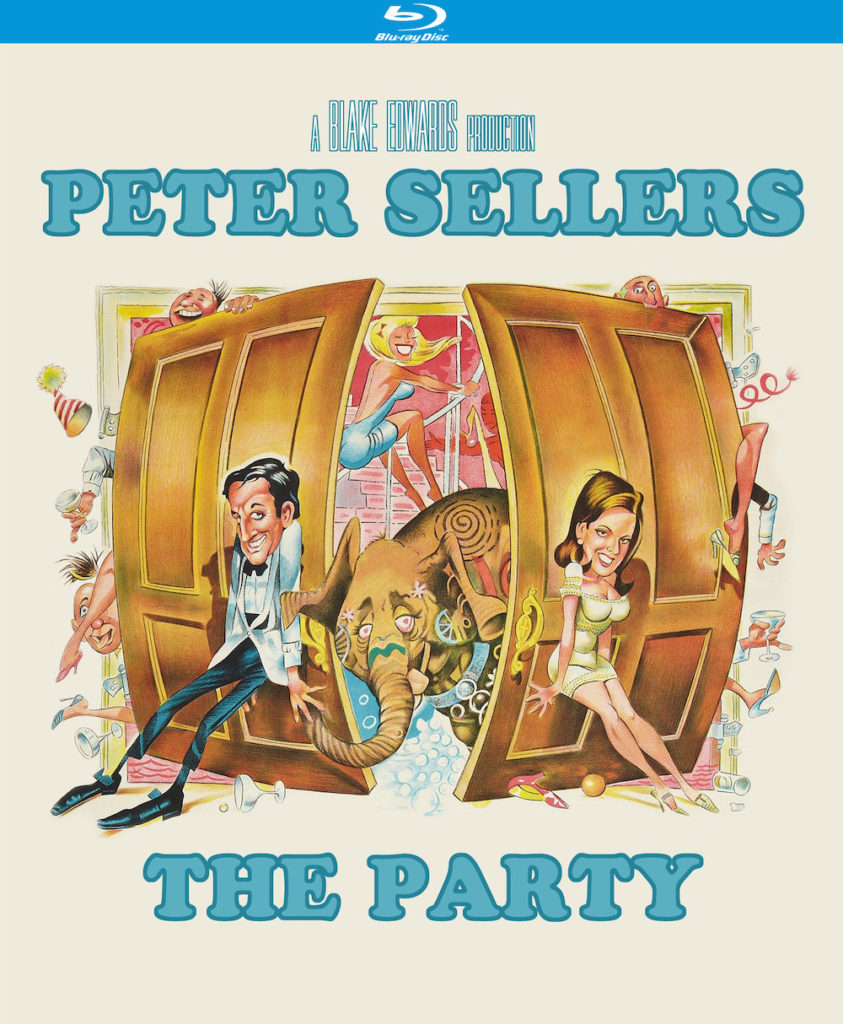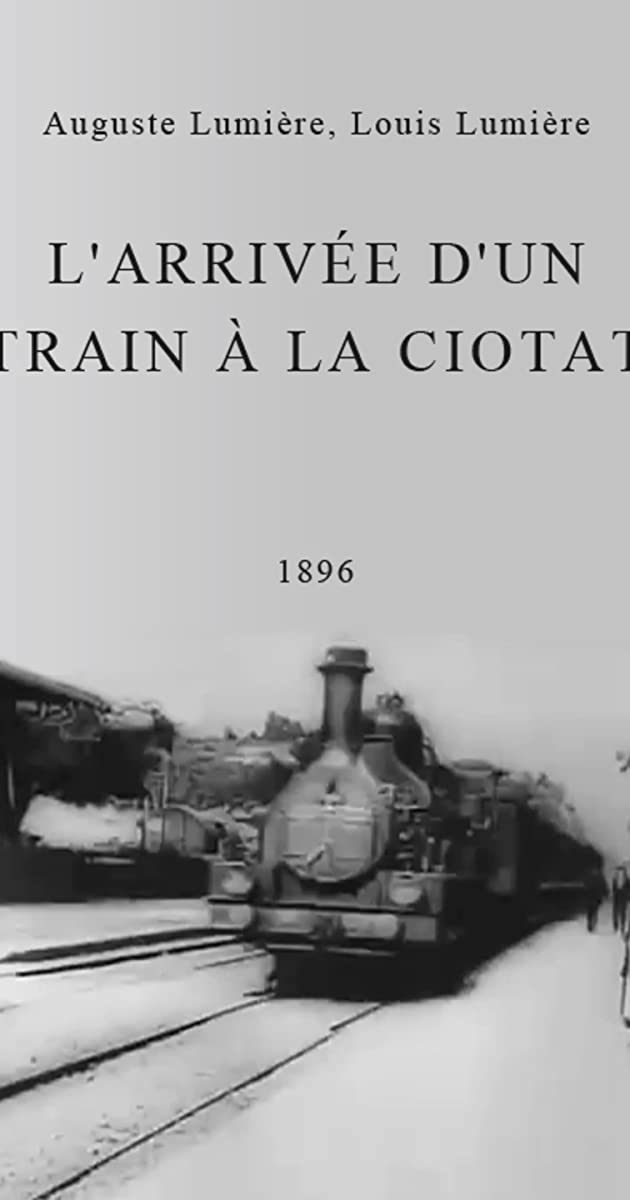
Toward a vocabulary of visual expression
I will compare written expression to visual expression. Writing has been my preferred medium of expression. That is what I’m naturally best at so I will compare written expression to visual expression. When I say visual expression, I will limit the meaning to moving pictures for my case. That said, I realize that comparisons and analogies are limited. Therefore, I won’t belabor any vignette of exploration to the point of breakage. The desire is to circumnavigate a thought or idea from different points of view, different elevations, using whatever perceptive abilities one possesses, to understand it within the context of telling a visual story.
Comparing writing to visual creation
Writers use a small number of words over and over. Common words provide the structure. They are invisible yet necessary to provide the framework of the story. They are the meat and potatoes, the basic sustenance. Other words are the side dishes, less common, but in rotation, and not infrequent guests. Then you have the words and syntactical structures that are used sparingly, like a rich dessert, or a cherry on top of a sundae.
Likewise, visual creators rely on a small number of shots and angles, clip lengths, and sound choices. They don’t draw attention to themselves. They provide the structure to tell the story. Then come the devices that draw some attention to themselves. Maybe a through-the-floor transition or a fast drone shot down to a character. Maybe an unnerving sound effect that foreshadows a coming shift in the story. Then there are one-of-a-kind elements in a story that blow you away.
This is in no way a treatise on anything. I am simply using the abilities I have to dive into visual expression. Everyone has their own abilities and that is what makes for interesting and different content.


A slightly pretentious and self-referencing paragraph
Looking back at what I’ve written so far, I’d say that “vignette” shouldn’t appear in my writing again for some time, especially because I used it in a slightly pretentious, yet accurate, manner. Even now, I modified the word pretentious with “slightly” which itself (the point it out, and feeling slightly superior for having been so clever) is slightly pretentious in this context. If I go full in and use commas in questionably correct, yet artistic, ways, and persist in making words into adverbs that probably shouldn’t be, then the paragraph could easily turn into an arthouse flop, if we are still continuing with the visual to written analogy. Are we?

My goals in the world of visual expression
My intention as a budding filmmaker, videographer, and content creator, in late middle age (I’m 56), is to first recognize my place in the timeline of visual expression. Second, I hope to revisit the past with an eye toward the historical development of narration. Then, I would like to consider the present state of visual creation in all of its vastness. Where am I headed? I don’t know. But so far I’m having fun.

you said: